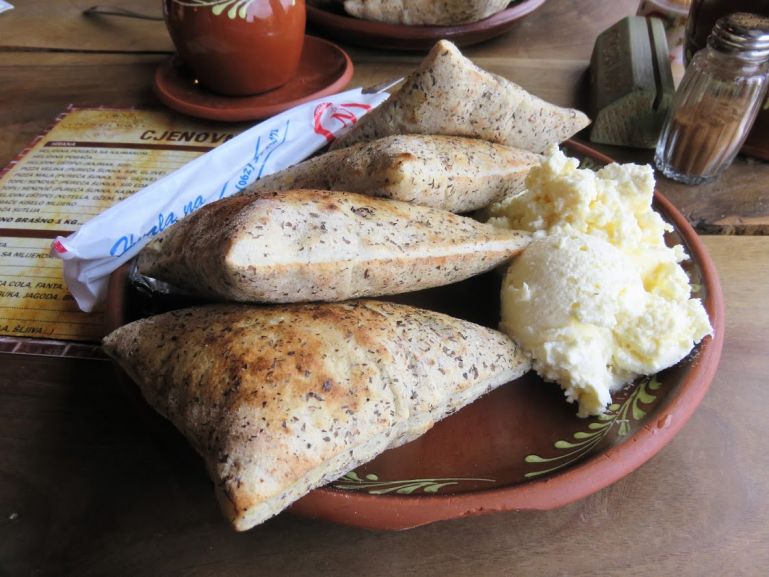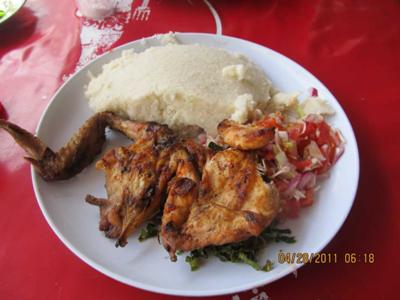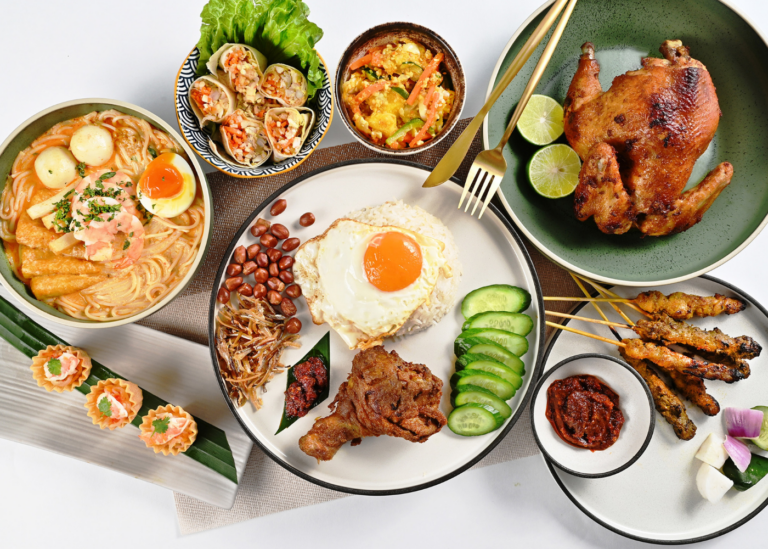Introduction: Bosnian cuisine and its neighbors
Bosnian cuisine is a blend of influences from neighboring countries and regions, including Turkey, the Middle East, Croatia, Serbia, Italy, and Austria-Hungary. This diverse culinary heritage has created a unique cuisine that is characterized by rich and bold flavors, hearty stews, and grilled meats. Bosnian cuisine is also known for its use of local ingredients such as lamb, beef, veal, pork, and freshwater fish.
The Ottoman Empire’s influence on Bosnian cuisine
The Ottoman Empire ruled Bosnia from the 15th to the 19th century, and during this time, Bosnian cuisine was heavily influenced by Turkish cuisine. This influence can be seen in dishes such as cevapi, a type of grilled meat served with onions and flatbread, and burek, a savory pastry filled with meat, cheese, or vegetables. Bosnian cuisine also features a variety of sweet desserts, such as baklava, which are similar to the ones found in Turkish cuisine.
The impact of Austro-Hungarian rule on Bosnian food
Austro-Hungarian rule in Bosnia from 1878 to 1914 brought a significant impact on Bosnian cuisine. The Austro-Hungarian cuisine introduced new ingredients such as potatoes, carrots, and cabbage, which were incorporated into traditional Bosnian dishes. Bosnian cuisine also adopted new cooking techniques, such as baking and roasting, which were popular in Austrian and Hungarian cuisine. Additionally, Austro-Hungarian rule brought the introduction of coffee culture, which is still an essential part of Bosnian culture today.
Croatian and Serbian influences on Bosnian cuisine
Bosnia shares borders with Croatia and Serbia, and these neighboring countries have influenced Bosnian cuisine. For example, the Serbian influence can be seen in dishes such as sarma, a dish made of stuffed cabbage rolls, and prebranac, a stew made with white beans. Croatian influence can be seen in dishes like pašticada, a meat stew that is flavored with wine and spices.
Turkish and Middle Eastern flavors in Bosnian dishes
Bosnian cuisine also features flavors from the Middle East, including spices such as cumin, coriander, and cinnamon. Dishes like pilaf, a rice dish flavored with saffron, and dolma, stuffed vegetables, are also influenced by Middle Eastern cuisine. The use of yogurt in Bosnian cuisine is also a reflection of Middle Eastern influence.
Italian and Mediterranean influences on Bosnian food
Due to its close proximity to the Adriatic Sea, Bosnian cuisine has been influenced by Italian and Mediterranean cuisine. This influence can be seen in dishes such as grilled seafood, pasta dishes, and pizza, which can be found in coastal cities like Mostar and Sarajevo.
Balkan fusion: blending of neighboring cuisines
The blending of neighboring cuisines has created a unique fusion in Bosnian cuisine. For example, Bosnian čorba, a hearty soup, is a fusion of Serbian and Turkish influences. Bosnian cevapi, a grilled meat dish, is a blend of Turkish and Croatian influences. Bosnian cuisine has also adopted dishes from neighboring countries and given them a unique Bosnian twist, such as the Bosnian version of pizza, which features local ingredients like lamb and cheese.
Conclusion: Bosnian cuisine’s diverse and rich flavors
Bosnian cuisine is a reflection of its diverse cultural influences, and it is characterized by bold and rich flavors. From Turkish and Middle Eastern spices to Austrian and Hungarian cooking techniques, Bosnian cuisine is a melting pot of flavors. The blending of neighboring cuisines has created a unique fusion in Bosnian cuisine, and the result is an exciting and vibrant culinary experience. Whether you are enjoying cevapi on the streets of Sarajevo or sarma in a local restaurant, Bosnian cuisine is a must-try for anyone who loves food.





